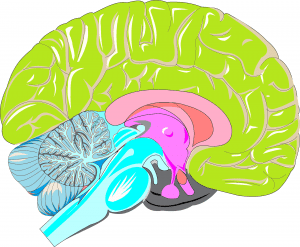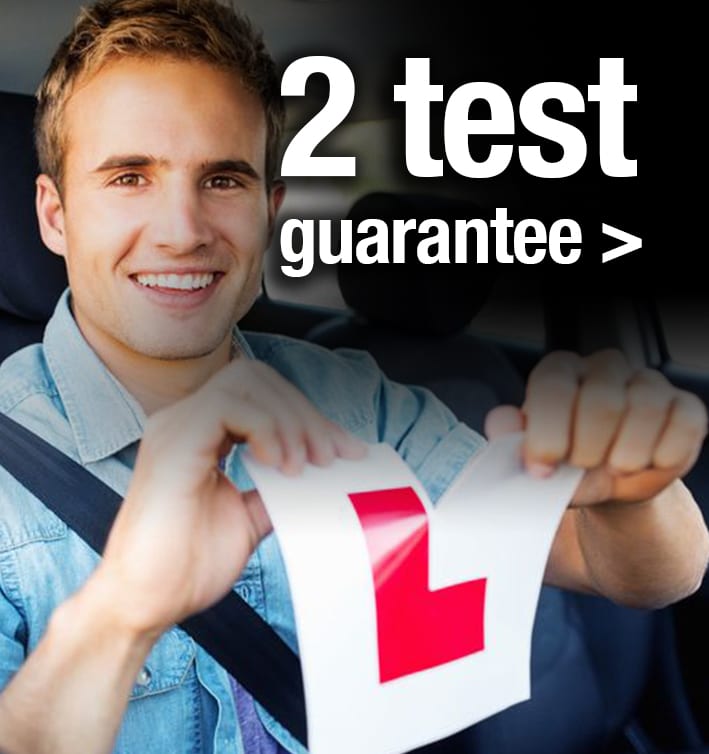
In this blog Tom Ingram (Owner of BIG TOM Driving School) provides some guidance for BIG TOM customers about some reasons for feeling frustrated when learning to drive.
One of the interesting aspects of being a driving instructor is the diversity of the work. I have always very much enjoyed this aspect of the job. Of course, not all driving instructors will share my view, but for me, it is one of the aspects that encourages me to keep learning all the time. It is simply not the case that all pupils will learn to drive at the same rate, encountering the same experiences within the learning process, and achieving the same outcomes.
In this blog, I would like to expand on some of the obstructions that are encountered originating from the head (cognitive) rather than from the heart (confidence). I am not for one moment trivialising the impact a loss of confidence can have on a pupil, instead, my aim is to encourage you to consider how the workings of our mind can affect learning.
The DVSA refer to some obstacles in learning as “a type of special need”. Whilst there is definitely no expectation that DVSA registered driving instructors are intended to diagnose these special needs, there is a need to be able to “actively manage the process of finding alternative support”. I talk often on my blogs about the need for an effective working relationship with BIG TOM customers, where communication is open, honest, treated in confidence and always being respectful to the desires of the customer. Pupils and family members are encouraged to disclose to us any special needs that are already known to be present. It should be stated though from the outset that there is a legal responsibility to declare to the DVLA any “notifiable” medical condition or disability that develops
Examples of the types of conditions that I am referring to here are autism-related, dyspraxia, attention deficit hyperactivity disorder, dyslexia, dyscalculia. This is very much a specialised subject, and whilst I do have experience of assisting pupils who come to me stating they have them, I am always careful to mention that the DVSA do not have an expectation that as a driving instructor I am able to understand and respond to every type of special need.
There are a wide range of ways in which these conditions can impact learning but perhaps if I mention about an example skill-set that safe drivers will rely on, it might assist in this blog to demonstrate the wider point.
One of the key skills to develop is the ability to identify a hazard in a timely manner so as to be able to consider what options are available to deal with it. There is often more than one option available and a BIG TOM pupil is encouraged to consider them in terms of the risk factor and how the options play to the strengths/weaknesses of the pupil. Whilst it is perfectly natural for errors to arise in this thought process, due consideration should always be given to the implications to the safety of everyone concerned as well as whether learning is actually taking place.
Consider driving on a 2 lane dual-carraigeway, you are in the right-hand lane, in the process of overtaking the first of 4 vehicles when a car approaches from behind at high speed in the same lane as you. This is undoubtedly a potential hazard, there is a risk to be assessed in doing nothing, or actively doing something. You could, for example, check to see that the car is slowing as it approaches you, look up and assess what risk is involved in continuing to overtake all 4 vehicles, then methodically, with effective observations and signalling, drive back into the left lane. You might consider the risk involved in immediately pulling back in to the left lane, right in front of the first vehicle that you have overtaken, thereby probably “cutting it up” (not being 2 seconds in front of it in dry conditions, 4 seconds in wet). One of the characteristic behaviours of the condition of ADHD (attention deficit hyperactivity disorder) is being impulsive. This means that there may be an instinctive tendency when in some situations to act on the first “option” that springs to mind. This could result in a more potentially hazardous situation developing. We should not lose sight of the fact that drivers can react to this situation for a wide variety of other reasons too relating to previous traumatic experiences, feelings relating to high speed, perceptions of danger etc.
I have no intention of trivialising the subject of “special needs” with this blog, far from it. In my experience of helping pupils in the past there are differing degrees to which people know about a condition, know how it might affect them when learning to drive or even be willing to tell a driving instructor that it exists. The possible consequences in these situations can affect safety, the learning effectiveness, the confidence of the pupil, and the patience of the funder of the training. These are very real outcomes which really do need to be managed effectively once they are known about.
BIG TOM Driving School Enquiries: Admin@BIGTOM.org.uk Bookings: 01928 508 833




